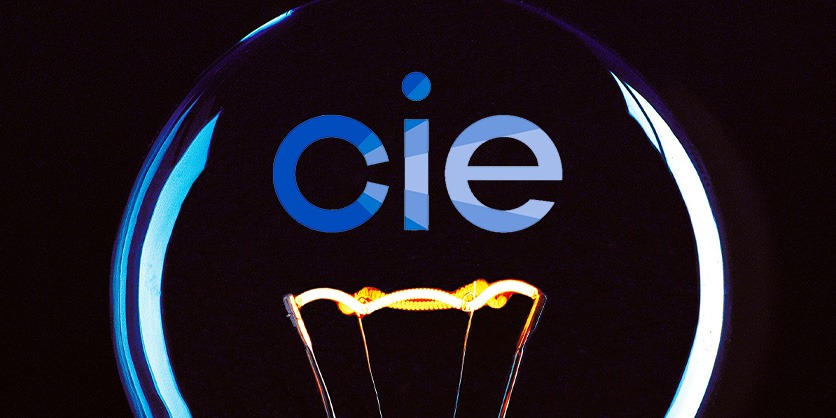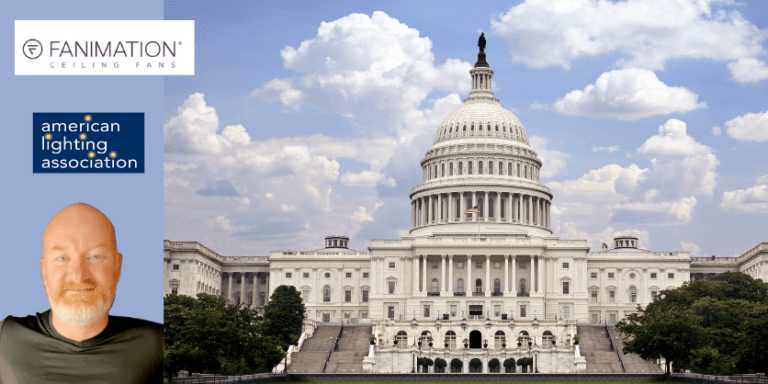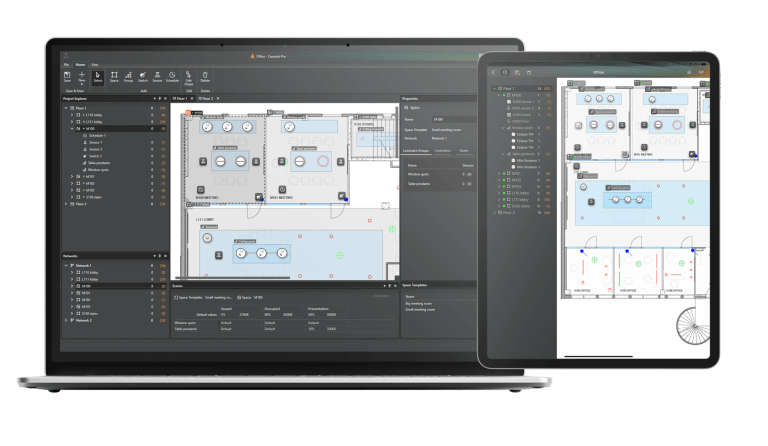Light and Lighting — Explanation and Justification of ISO/CIE 20086 — Energy Performance of Lighting in Buildings
February 14, 2024

DOI:
10.25039/ISO/CIE TR 3092:2023
This Technical Report on ISO/CIE 20086 was prepared by Technical Committee ISO/TC 274, Light and lighting, in cooperation with CIE Joint Technical Committee 6.
It is important that lighting schemes are designed appropriately to provide the right light in the right place at the right time, while being energy efficient and conforming to local, regional, and/or national regulations. It is also important that the lighting systems are operated energy efficiently and managed by suitable lighting control systems.
Carrying out a comprehensive lighting design (daylight and electric lighting) for new or refurbished buildings will yield both effective and energy efficient lighting solutions that fulfil the lighting criteria specified in the lighting application standards. The lighting design process will show how much daylight will be available and how much electric lighting is needed and what scheme solutions will satisfy the required lighting conditions during the occupied and unoccupied periods.


ISO/CIE 20086 gives a procedure to estimate the required energy and the energy efficiency of the electric lighting scheme.
There is a risk that the purpose and limitations of ISO/CIE 20086 will be misunderstood, unless the background and context to its content is explained in some detail to users. If this information would have been placed in ISO/CIE 20086, the standard would be overloaded with informative content; and the result is likely to be confusing and cumbersome, especially if ISO/CIE 20086 is referenced in local, regional, or national building codes.
Therefore, this document accompanies ISO/CIE 20086 and provides informative content to support the correct understanding, use and national implementation of the lighting standard. It also provides explanation of the lighting energy calculation methodology and working calculation example of integrated lighting control options. ISO/CIE 20086 defines the methods for estimating or measuring the amount of energy required or used for lighting in buildings.
The method of separate metering of the energy used for lighting will also give regular feedback on the effectiveness of the lighting control. The methodology of energy estimation not only provides values for the Lighting Energy Numeric Indicator (LENI) but it will also provide input for the heating and cooling load estimations for the combined total energy performance of building indicator.
LENI represents the absolute amount of energy required for a lighting scheme and does not directly provide indications on the efficiency of the lighting technology employed. Therefore, a concept of expenditure factors intending to render energy flows in lighting systems more transparent is introduced in ISO/CIE 20086:2019, 6.5 and Annex E to complement LENI.
The publication is written in English. It consists of 82 pages and is available on the CIE Webshop or from the National Committees of the CIE.
More information available here








